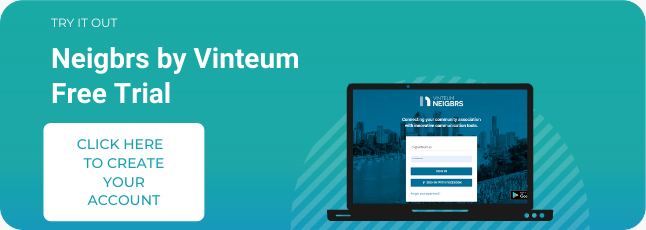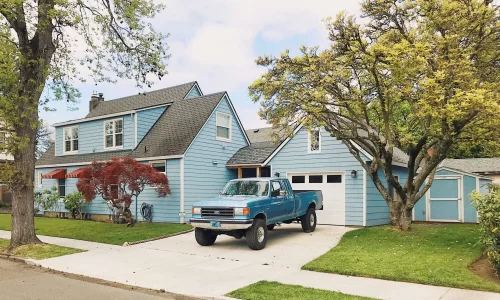Find out these five best practices so you can hold virtual meetings that residents will want to participate in.
1. Check local laws
As a first step, ensure you’re going against the law. Running virtual meetings for HOAs and Condos is not a regular video conference. So you need to be aware of all possible existing laws, by-laws, or guidance and be compliant. Following the best practices for HOAs will ensure that your meeting is successful.
Checklist questions:
- Does your state have rules/regulations in regards to hosting online meetings?
- Does your state prohibit virtual board meetings?
- If your state doesn’t prohibit it, does your association by-laws do?
- Is there any need to draft some guidance documents on that topic?
2. Choose the right platform
There are so many platforms available in the market that makes it hard to decide which one is the best fit. Before making up your mind, sit down and write down all the features you believe are essential but also those that are less important but still would provide benefits to your community.
Checklist questions:
- How many attendees can it accommodate?
- Does it allow screen sharing?
- Can meetings be recorded?
- How are we enabling voting?
- From which devices can attendees participate?
3. Creating virtual meetings guidelines
To make a smoother transition from in-person meetings to online ones, it would be useful to have a guide explaining thoroughly how to proceed. It can include how the meeting will be led, step by step explanation on how to access the platform to help out those residents that may feel lost. You could also make an online meeting etiquette guide, to make the experience smoother.
Checklist questions:
- What information do residents need to feel comfortable?
- How will the voting process happen?
- Who will prepare the agenda and share its screen during the meeting?
4. Identify your participants
One of the risks of running virtual meetings is not being 100% sure who is on the other side of the screen and this is a consequent threat if you are sharing sensitive information. If you are in doubt, don’t hesitate to ask the participants to put their camera on for a moment.
Checklist questions:
- Who can participate in this type of meeting (annual, board, special etc)?
- How do you ensure that anyone can’t just access the link?
- How do you ensure personal information safety?
- Should you apply a specific policy for participant identification?
5. Collect feedback
How can you know if you’re running an efficient virtual meeting if you don’t know how your attendees feel about it? The only way to provide a satisfying experience and to convince them that virtual meetings can be as or even more functional is by checking what can be done better through an HOA survey.
Checklist questions:
- How comfortable are your attendees with the tool/platform being used?
- How engaged they were?
- What feature did they wish they had?
- What are they mostly missing from real meetings and can this be remediated?
Bonus solution: Vinteum is launching its new “Virtual Meetings” feature
Transitioning to virtual meetings is not an easy task. Finding a platform that has all the features an HOA/Condo needs seems practically impossible. This is why, inteum came up with a Virtual Meetings feature that is expressly designed for HOA, and Condos. Neigbrs by Vinteum’s solution encompasses some of the most important recommendations mentioned in this article. It helps you ensure compliance, restrict access, and provides an integrated e-voting tool. On top of that, it has a customer success team ready to guide residents and collect feedback for you.
Some additional key features:
- Can accommodate 300 attendees
- Meeting Agendas can be developed in advance
- Meeting Link will be sent to residents in advance of the meeting
- There is a survey/voting component (not robust enough for AGM)
- Meeting will allow screen sharing
- Meetings are recorded and saved in Vinteum
- Meeting Minutes can be drafted and saved in Vinteum
- Residents can engage via there Vinteum iOS and Android App
Wrapping Up
When thinking about virtual meetings, one thing that people tend to forget is this: everything doesn’t have to change. If the way you ran meetings before was efficient, it is important to maintain how it was. Instead of seeing it as a revolutionary thing, see how you can adapt your existing format to a virtual setting. This will make the process way less stressful and much more proactive. The majority of things remain the same and have to. Here are three examples:
- Maintaining a sense of community by checking on each other especially in this tough period we are in. Dedicate some time before and after the meeting for random convos and chit chat.
- Create a cozy environment before the meeting begins, put some music on, start with some jokes, talk about some recent news that doesn’t involve the meeting.
- Create engagement and everything will be fine, people that weren’t attending before will, and the conversations will be much richer.








0 Responses